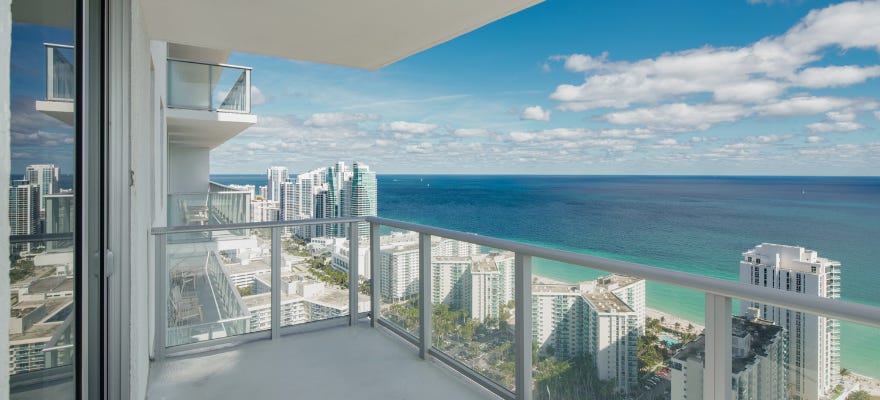How much is a view worth?
Our model identifies the different views available and how much they are worth
There is some science behind what we do when my firm is engaged to price housing product.
Often there isn’t enough ‘light and shade’ between individual prices, resulting in some product selling quickly and other stock remaining unsold.
Getting the price right, across the board, is often hard and an independent set of eyes is well worth the effort.
One of things that is often misjudged, when it comes to pricing, is factoring in how much a view is worth.
We have a model that has identified the different views available and how much they can increase a dwelling’s value.
This investigation was also based on an identical new dwelling built in the same area (but with differing views) with a base price of $1,000,000.
The five major view types:
1. Ground level, unobstructed view (3% to 5%). This type of view means that you are located at the same level as many of the other properties around you, but you have the advantage of having a view that allows you to see a large, non-residential space, like open space. Such a view increases a properties sale price by between 3% and 5% and the new sale price could be as high as $1,050,000.
2. Rooftop, partially obstructed view (6% to 8%). A view from above would suggest that you can almost see over all of the other properties around you but there may be a few buildings that partially obstruct your view. Generally, the higher you are, the more value a view can bring to your home, so a rooftop’s partially obstructed view can bring in an additional 6% to 8%, lifting the potential sales price to $1,080,000.
3. Unobstructed view from a medium elevation (9% to 12%). This category is primarily reserved for homes that reside on the top of a small hill. This particular view can see areas all around a home without any obstructions but aren’t high enough to see far beyond the house’s small community. Having an open area will always command more money than if you can only see a few houses down, so this type of view has the potential to add between 9% and 12% to the value of your home, so the new sale price might be $1,120,000.
4. Unobstructed view from high elevation (15% to 25%). Doing much better than the previous view, being able to see a wide vista from the comfort of your own home can add significant value to it. The estimates here have a wide range because much depends on what you see. Still, the value of the real estate can increase substantially, with the new sale price as high as $1,250,000.
5. Unobstructed water view (30% to 80%). The biggest attraction of a view continues to be a large body of water, with the higher premiums being given to salt water. Also, at the upper end of the premium range the water view needs to be unobstructed and the more rooms it can be seen from, the better. Depending on the body of water, the residence can increase in value up to 80%. This would mean that our $1,000,000 base house has a potential price tag of $1,800,000.
In summary, pricing a view is certainly not an exact science but as more and more properties are constructed in an area, the chances of finding a great view are becoming increasingly difficult. Hence, properties with a view command a range of premiums now and these bonuses are likely to rise further in the future.



